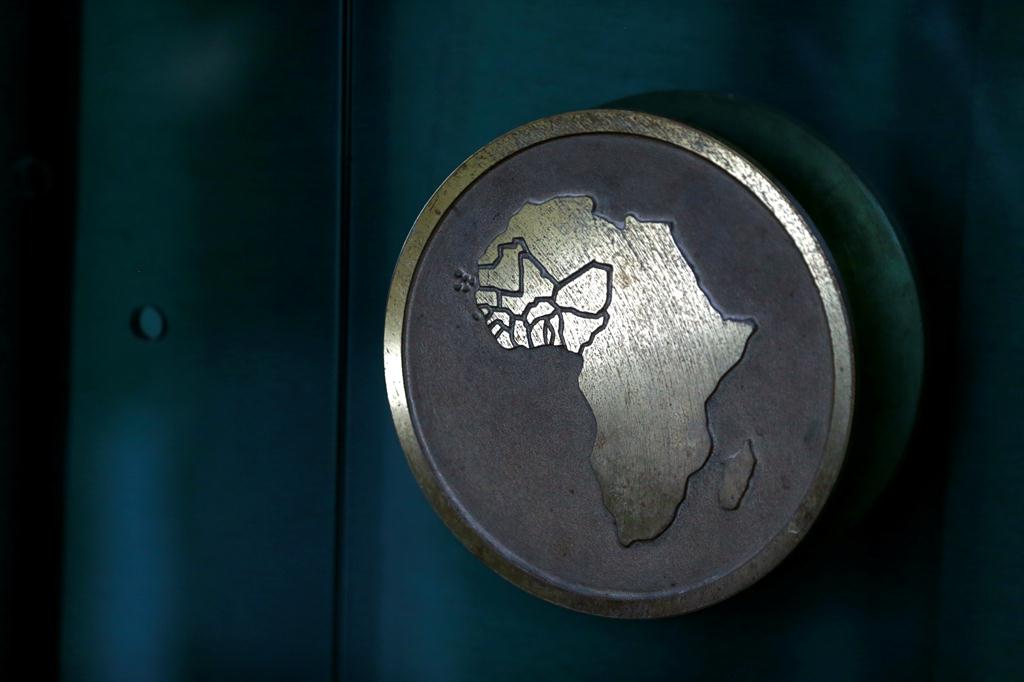Fact file
The CFA franc, a seven-decade-old currency shared by more than a dozen states in West Africa, has found itself in the spotlight over calls for it to be scrapped.
· The CFA franc is used by 14 nations in western and central Africa. Their 155 million people account for 14% of Africa's population and 12% of its GDP, according to the International Monetary Fund (IMF).
· The CFA - its initials come from the French words for African Financial Community - was launched on 26 December 1945 as a "franc of the French colonies of Africa".
· The money then morphed into two geographic variants, for western Africa and central Africa.
· The first comprises eight countries in the West African Monetary Union -- Benin, Burkina Faso, Ivory Coast, Guinea-Bissau, Mali, Niger, Senegal and Togo - whose Dakar-based issuing authority is the Central Bank of the West African States.
· The other is the Central African Economic and Monetary Union, comprising Cameroon, the Central African Republic, Chad, Equatorial Guinea, Gabon and Republic of Congo. Its issuing authority is the Cameroon-based Bank of the Central African States.
· The currency's value was moored to the euro after its introduction two decades ago, at a fixed rate of 655.96 CFA francs to one euro.
· The Bank of France holds half of the currency's total reserves, but France does not make money on its deposits stewardship, annually paying a ceiling interest rate of 0.75* to member states.
· The arrangement guarantees unlimited convertibility of CFA francs into euro and facilitates inter-zone transfers.
· CFA notes and coins are printed and minted at a Bank of France facility in the southern town of Chamalieres.
· Both regional African banks that supervise the CFA variants have established price stability as their overriding objective.
· Detractors blast the CFA franc as a "post-colonial" arrangement which prevents countries from exercising sovereignty over their currency, or which enables France to maintain influence in Africa.
· Supporters praise it for aiding monetary stability because of its indirect peg to the euro.
· Amid ever louder calls for reform, Paris says it is open to discussions.
· Options range from a symbolic name change to pegging the CFA against a basket of currencies including the euro, the US dollar and Chinese yuan, thus taking Africa's main trade partners into account.
· Some voices are urging the transfer of CFA reserves to other institutions and an end to strict monetary policy in order to spur development and job creation.
· The 15 member states of the Economic Community of West African States (Ecowas) have agreed to adopt a single currency, the "eco", as early as next year.
· As the eight members of the West African Monetary Union are members of Ecowas, the West African CFA franc would then disappear.
· Many analysts suspect the "eco" plan is over-ambitious. They cite disparities in the nations' respective economies and their budget capacities, as well as the many technical challenges of launching a new currency. – Nampa/AFP
· The CFA franc is used by 14 nations in western and central Africa. Their 155 million people account for 14% of Africa's population and 12% of its GDP, according to the International Monetary Fund (IMF).
· The CFA - its initials come from the French words for African Financial Community - was launched on 26 December 1945 as a "franc of the French colonies of Africa".
· The money then morphed into two geographic variants, for western Africa and central Africa.
· The first comprises eight countries in the West African Monetary Union -- Benin, Burkina Faso, Ivory Coast, Guinea-Bissau, Mali, Niger, Senegal and Togo - whose Dakar-based issuing authority is the Central Bank of the West African States.
· The other is the Central African Economic and Monetary Union, comprising Cameroon, the Central African Republic, Chad, Equatorial Guinea, Gabon and Republic of Congo. Its issuing authority is the Cameroon-based Bank of the Central African States.
· The currency's value was moored to the euro after its introduction two decades ago, at a fixed rate of 655.96 CFA francs to one euro.
· The Bank of France holds half of the currency's total reserves, but France does not make money on its deposits stewardship, annually paying a ceiling interest rate of 0.75* to member states.
· The arrangement guarantees unlimited convertibility of CFA francs into euro and facilitates inter-zone transfers.
· CFA notes and coins are printed and minted at a Bank of France facility in the southern town of Chamalieres.
· Both regional African banks that supervise the CFA variants have established price stability as their overriding objective.
· Detractors blast the CFA franc as a "post-colonial" arrangement which prevents countries from exercising sovereignty over their currency, or which enables France to maintain influence in Africa.
· Supporters praise it for aiding monetary stability because of its indirect peg to the euro.
· Amid ever louder calls for reform, Paris says it is open to discussions.
· Options range from a symbolic name change to pegging the CFA against a basket of currencies including the euro, the US dollar and Chinese yuan, thus taking Africa's main trade partners into account.
· Some voices are urging the transfer of CFA reserves to other institutions and an end to strict monetary policy in order to spur development and job creation.
· The 15 member states of the Economic Community of West African States (Ecowas) have agreed to adopt a single currency, the "eco", as early as next year.
· As the eight members of the West African Monetary Union are members of Ecowas, the West African CFA franc would then disappear.
· Many analysts suspect the "eco" plan is over-ambitious. They cite disparities in the nations' respective economies and their budget capacities, as well as the many technical challenges of launching a new currency. – Nampa/AFP




Comments
Namibian Sun
No comments have been left on this article